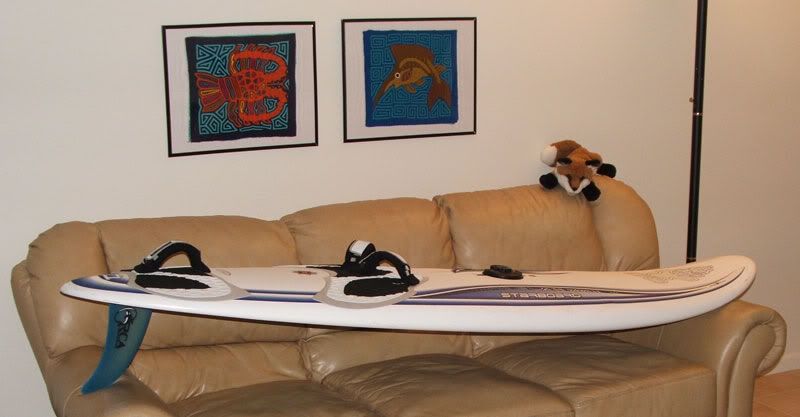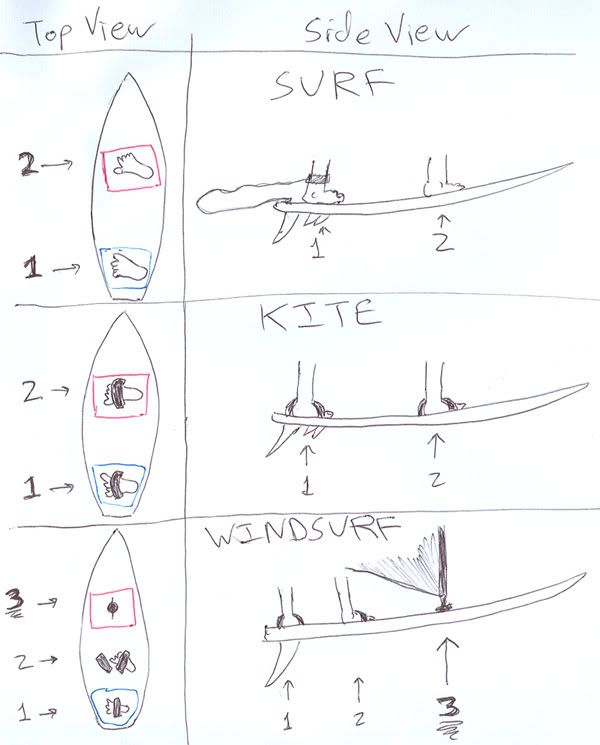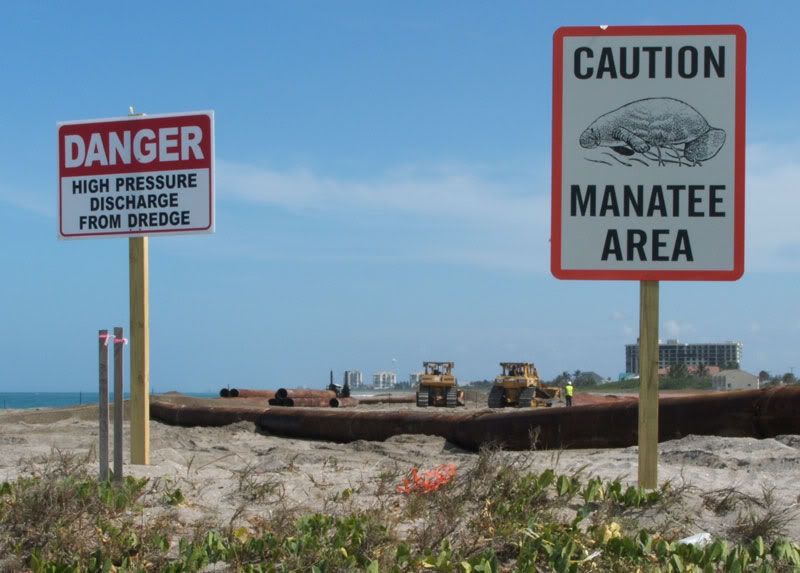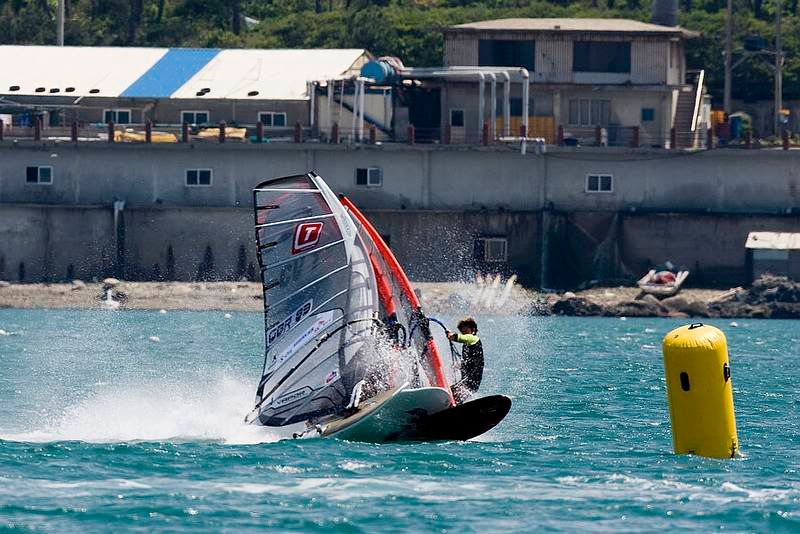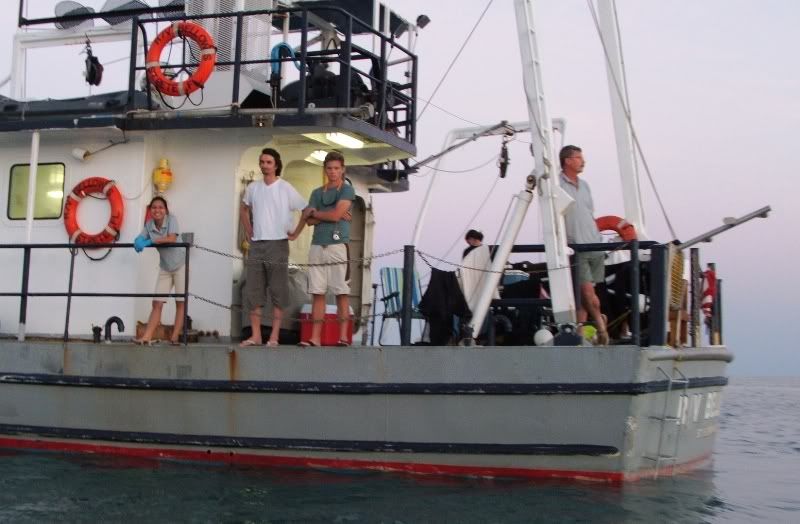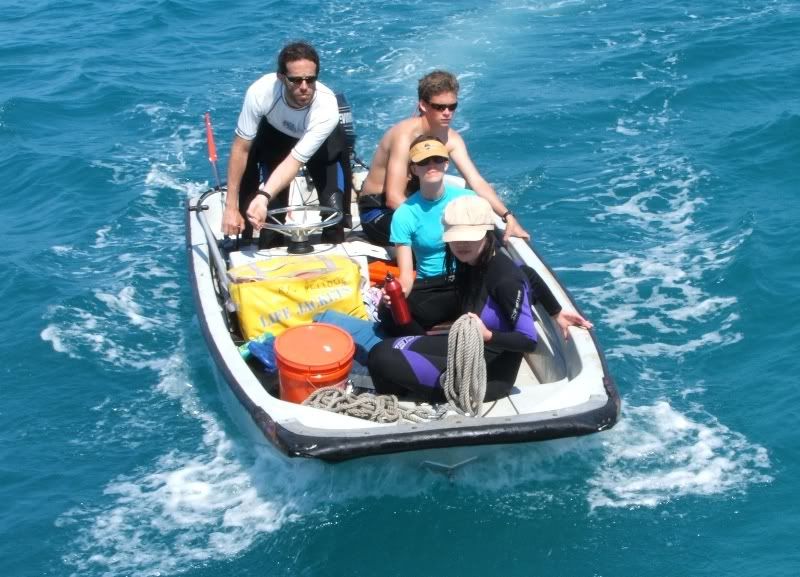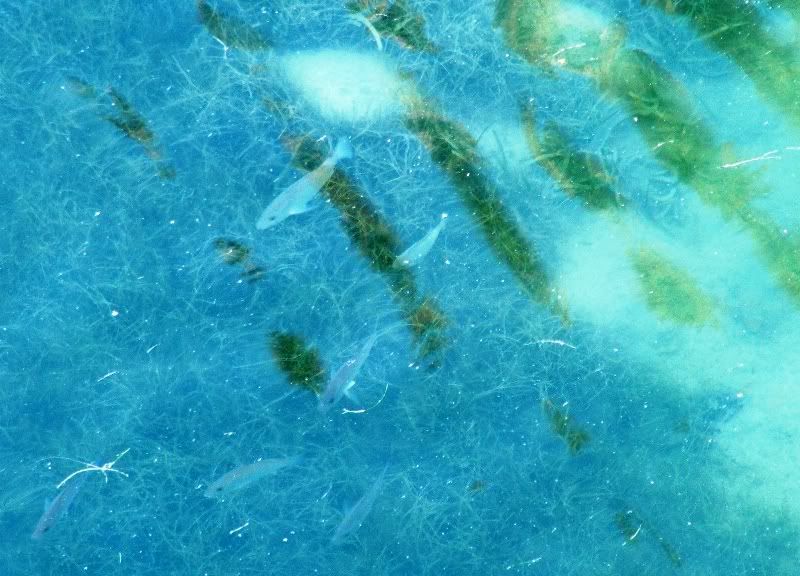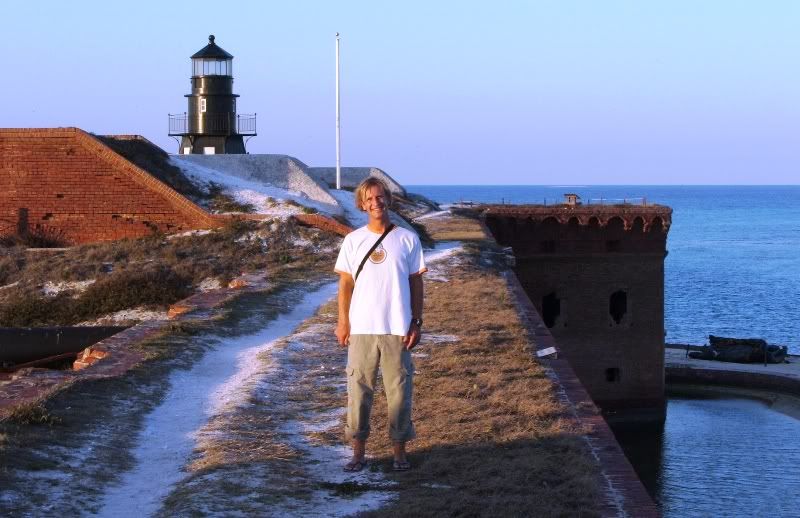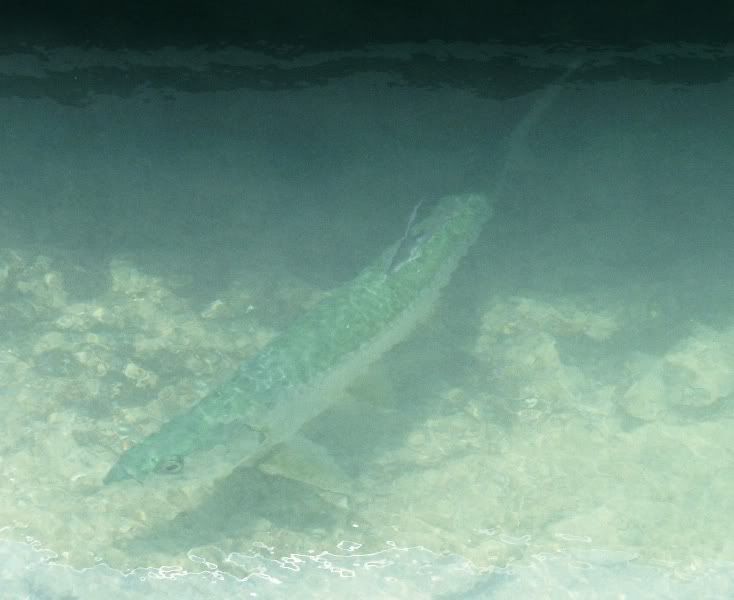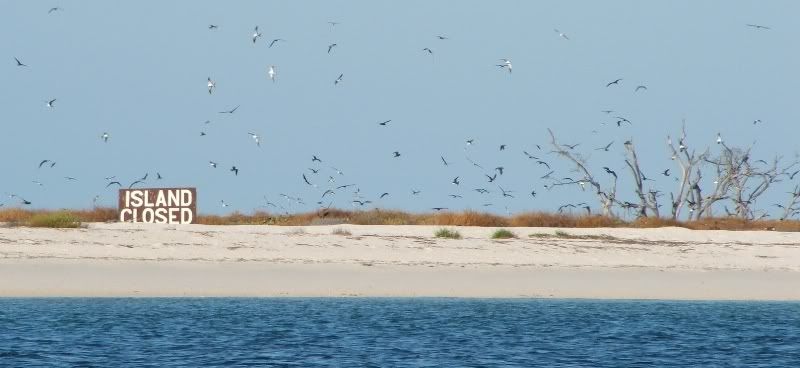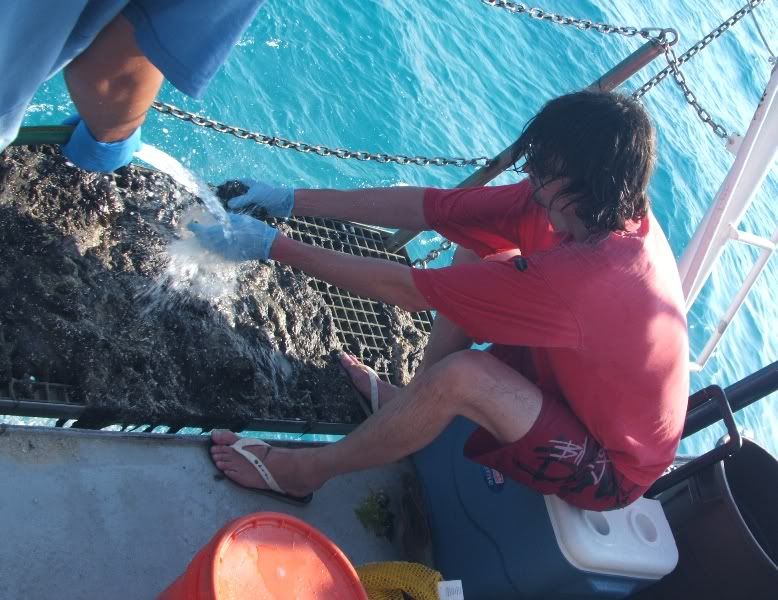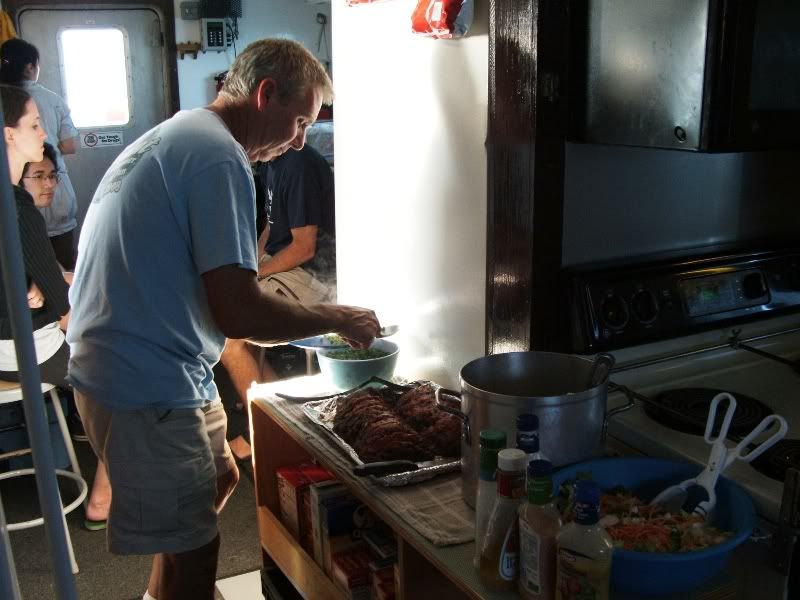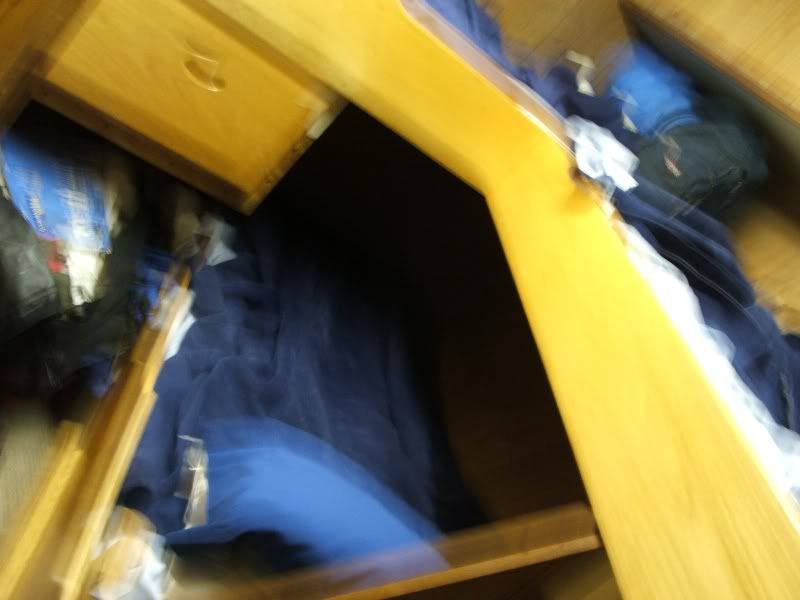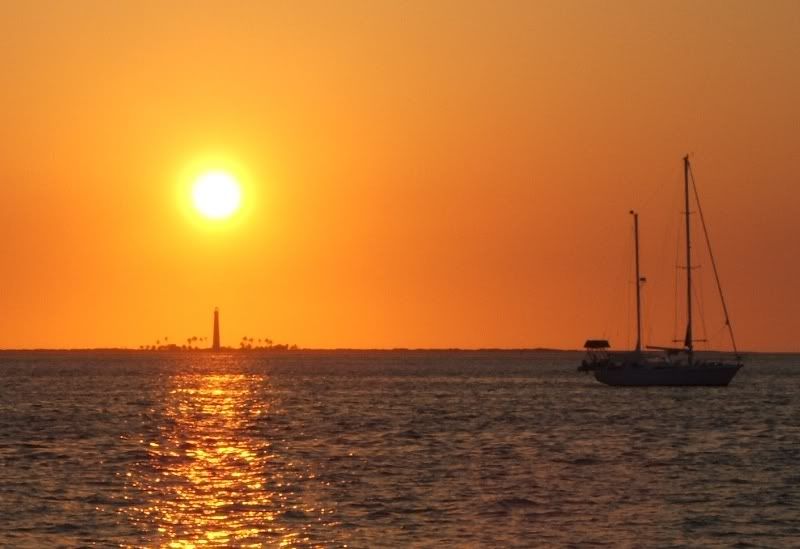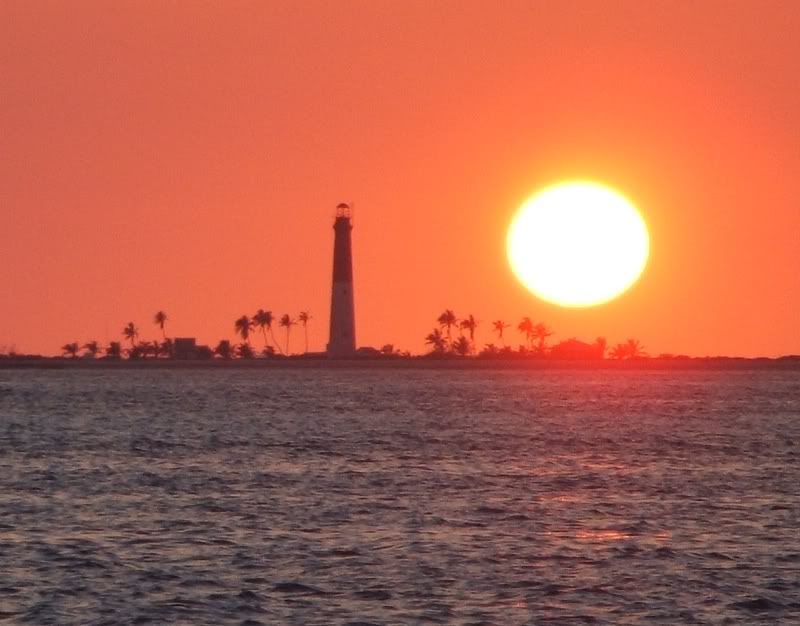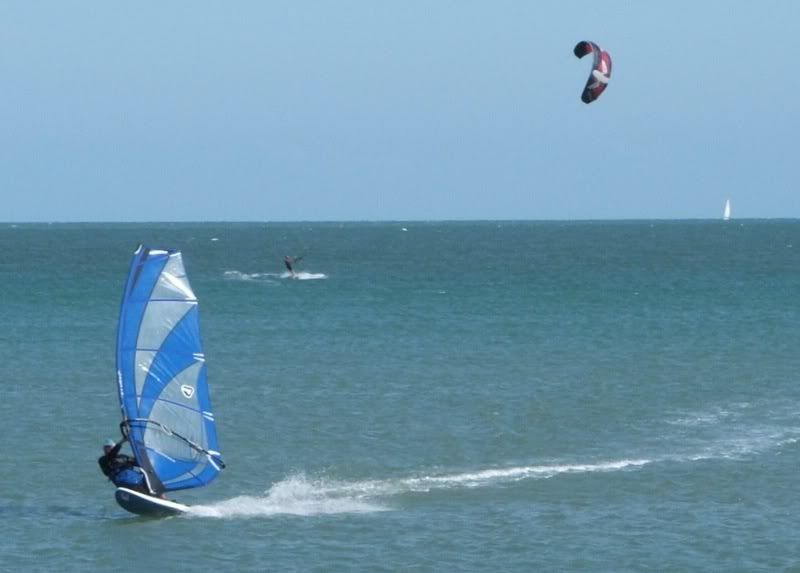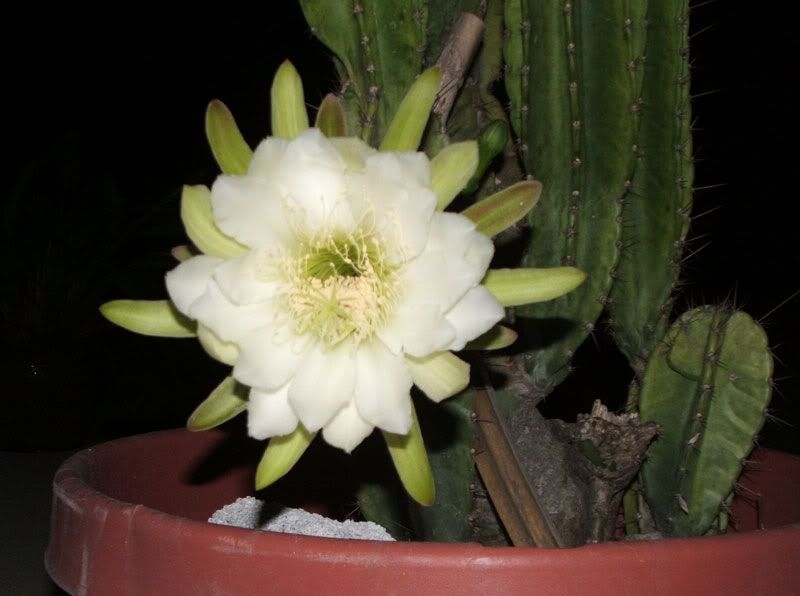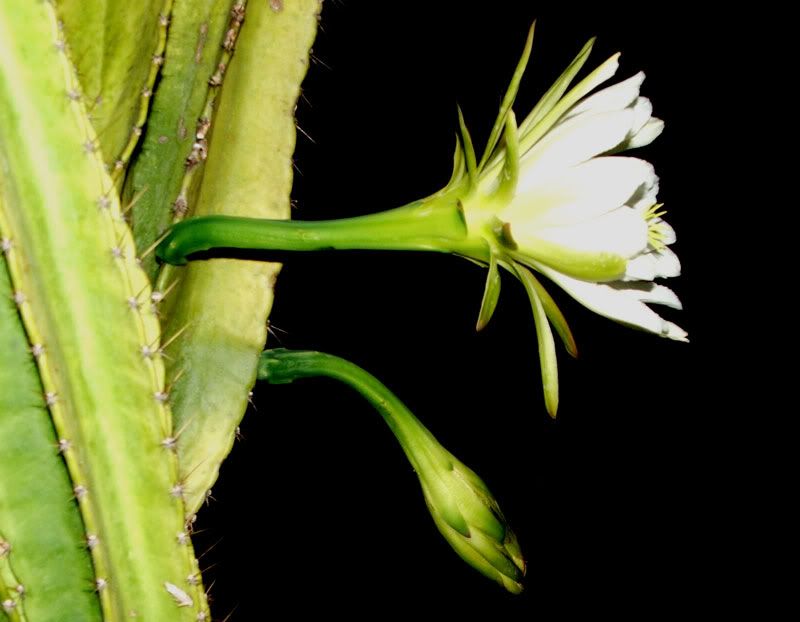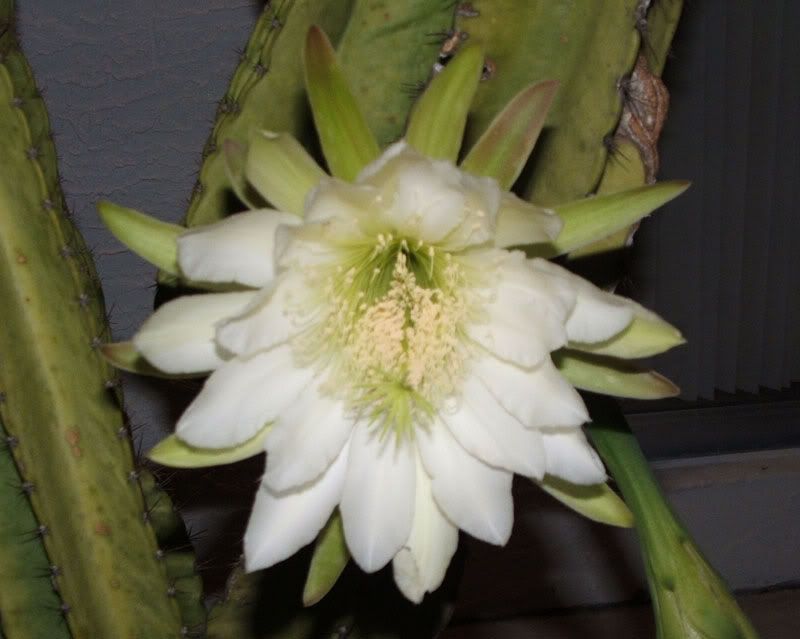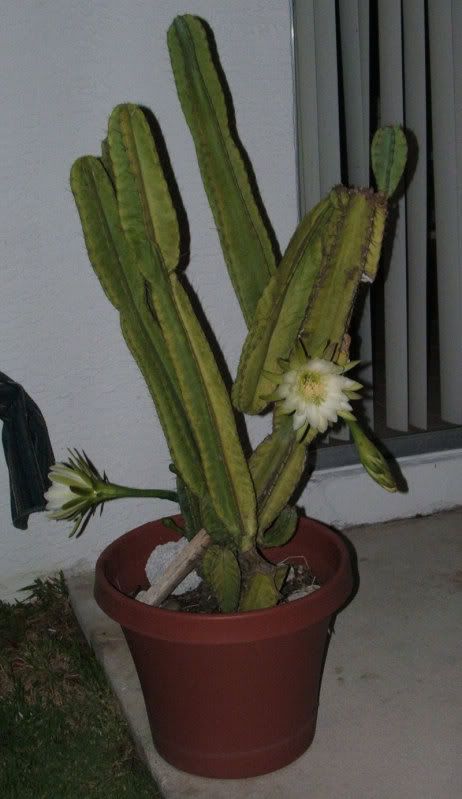*UPDATE - 1 July 2009 - Both my boards have been sold. If you came here looking for used windsurf gear for sail in the US, try the iwindsurf buy/sell section instead. It's like Craig's List for windsurfing.*
*Begin original post*Florida has entered a depressingly wet and un-windy weather pattern that looks like it may last all summer. I haven't planed in two weeks. And check out the
iwindsurf.com forecast for tomorrow:
Florida-
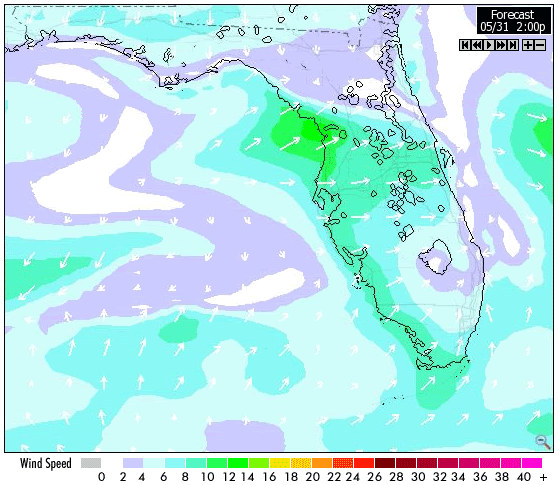
San Francisco Bay, for reference (Damn you
Catapulting Aaron)-
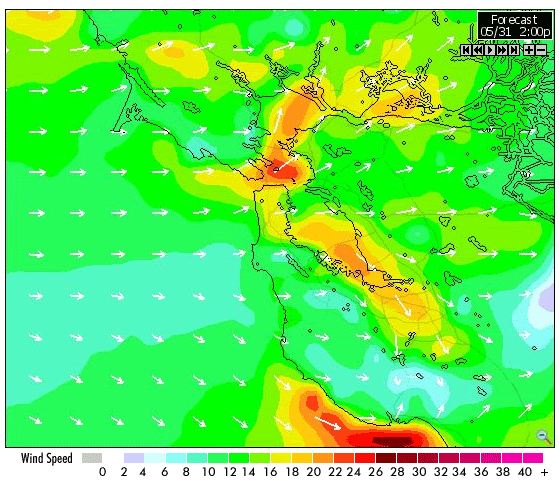
Florida has typically light and inconsistent flow from the West; just enough to squelch any chance of a sea-breeze from the East. Plus, thunderstorms. Sigh...
Anyway, to satisfy my need to do SOMETHING windsurf-related, I've decided to update my board quiver. I'm selling the Tiga Free-X 281 that I recently bought and fixed up, because I haven't been using it much. It overlaps too much with my longboard. Here's a picture and details on the board in case anyone wants to buy it:
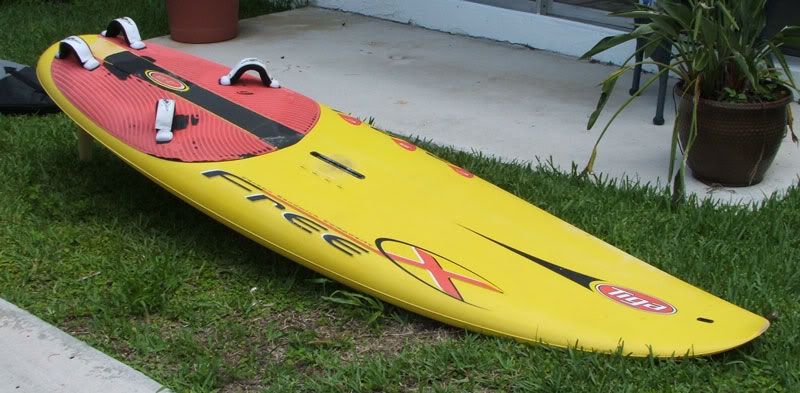 Board
Board = Tiga Free-X 281 from 2000; same mold as the Bic Techno 283
Condition = Some peeling cloth on deck pad, one glassed-over repair on nose, otherwise fine.
Volume = 150 liters,
Length = 281 cm,
Width 69 cm
Fins = 48 cm Finworks pointer, good condition, 40 cm Curtis weed, well-worn
Footstraps = Brand new JP footstraps
Characteristics = Easy-riding, fast, good for 6.5 - 9.5 sails, and especially suited to first-time shortboard riders or heavier intermediate riders.
Price = $190, or $100 if you're poor and under 30 years old
I'm also selling my smallest board, an F2 Maui Project Style 250. I really love this board- it's quick, jumpy, and turny, but always under control, even in the air. It has been a big confidence booster for my sailing in the ocean on rough days. The only reason I'm selling it is to make room for a hopefully-even-better pre-owned board that I just bought. (I'll report on that board soon.) Here's the pics and info on the Style:
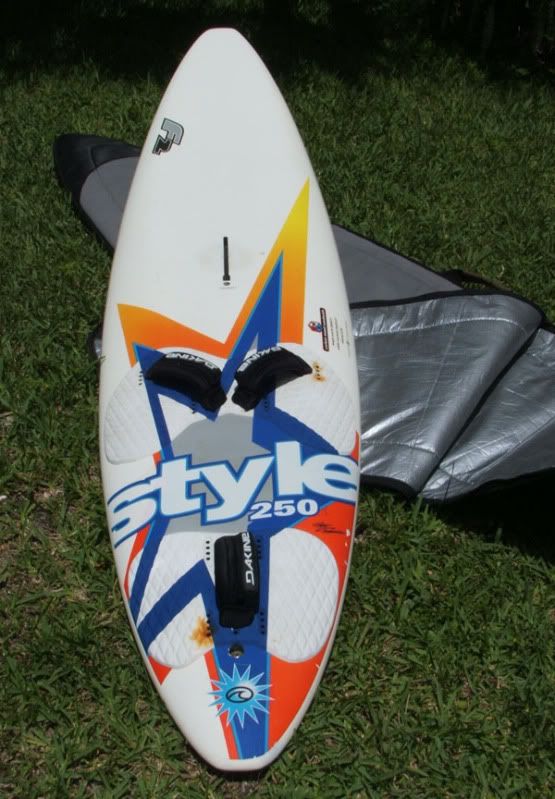
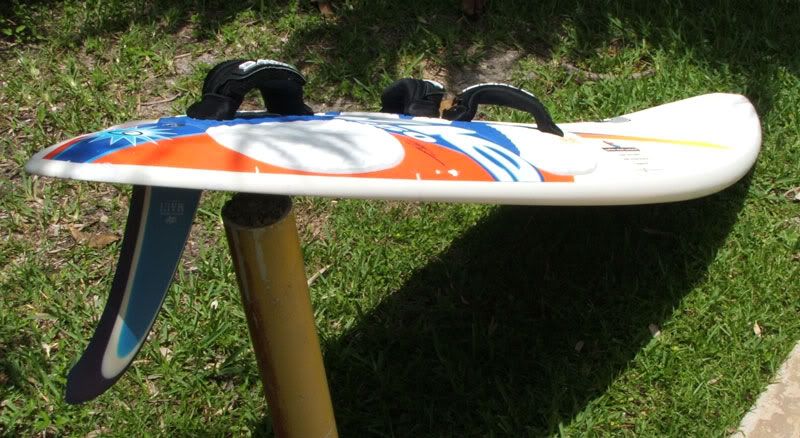 Board
Board = F2 Maui Project Style 250 from 2002
Condition = Good. Some chips in the paint that I spray-painted over with white enamel, otherwise fine.
Volume = 87 liters,
Length = 250 cm,
Width 55 cm
Fin = 25 cm MFC freestyle / wave fin
Footstraps = DaKine Supremo aftermarket straps
Characteristics = Nearly-perfect blend of speed, control, and maneuverability for jumps and jibes. Also good as a waveboard. Suits sails from 4.2 - 6.5, but you'll want a bigger fin for sails > 5.8.
Extras = Comes with the 255 cm board bag.
Price = $300, or $250 if you're poor and under 30 years old
The boards are also posted in the classified ads section of
iwindsurf.
